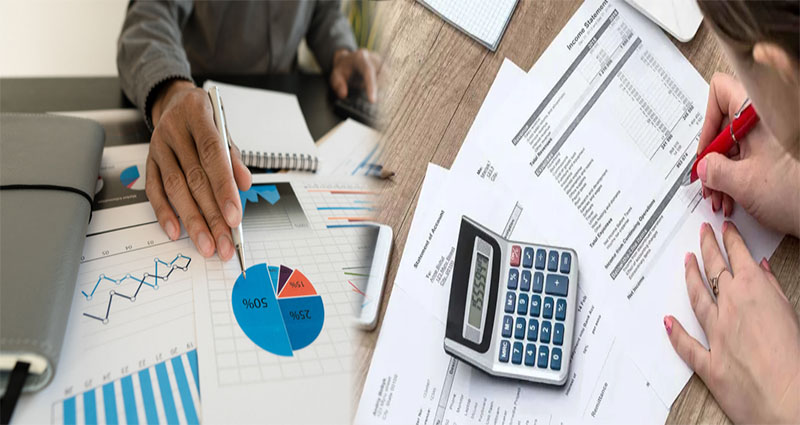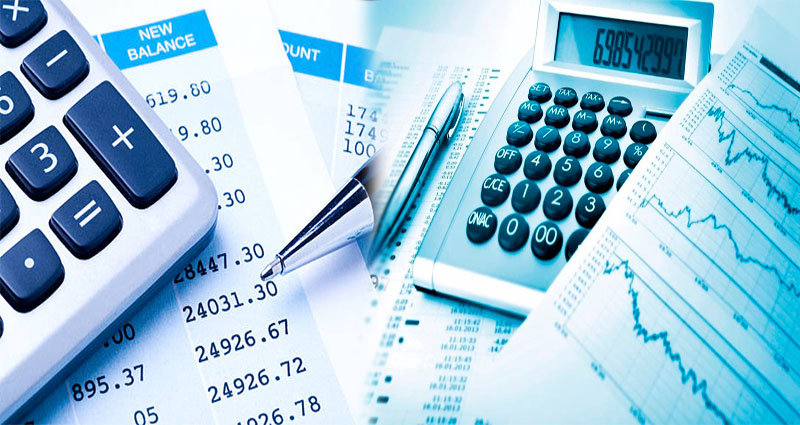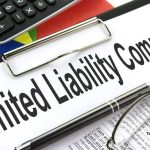Free Sample Financial Statements
When you start a business, one of the first tasks you’ll need to do is create a financial statement. Financial statements are usually prepared once a year; however, some companies may prepare them quarterly or even monthly. The financial statement should provide a concise summary of the company’s assets and liabilities as well as how much cash was earned or spent over the past period. There are several different types of financial statements that can be used by businesses:
10-K
A 10-K is a legal document required by the SEC that contains information about the company’s business, assets, liabilities and capital structure. It must be filed annually with the SEC within 90 days of your fiscal year end.
A sample 10-K is available for free download at [link to sample 10-K](https://www.sec.gov/Archives/edgar/data/%7B25f001198e4b918a5c6655f3cc2a80a%7D001000055_10k_form_990__final_ver002_020316v1_.htm).
10-Q
The 10-Q is a quarterly report that must be filed within 45 days of the end of each … More >>>













